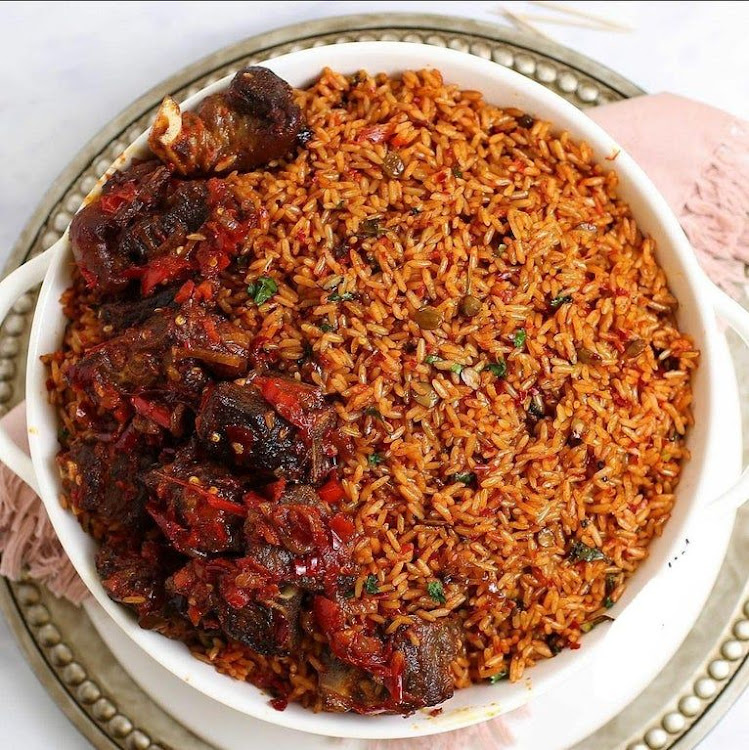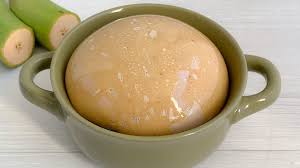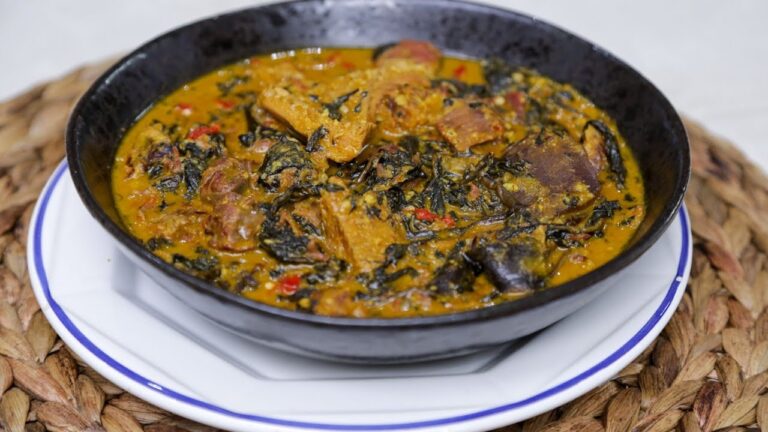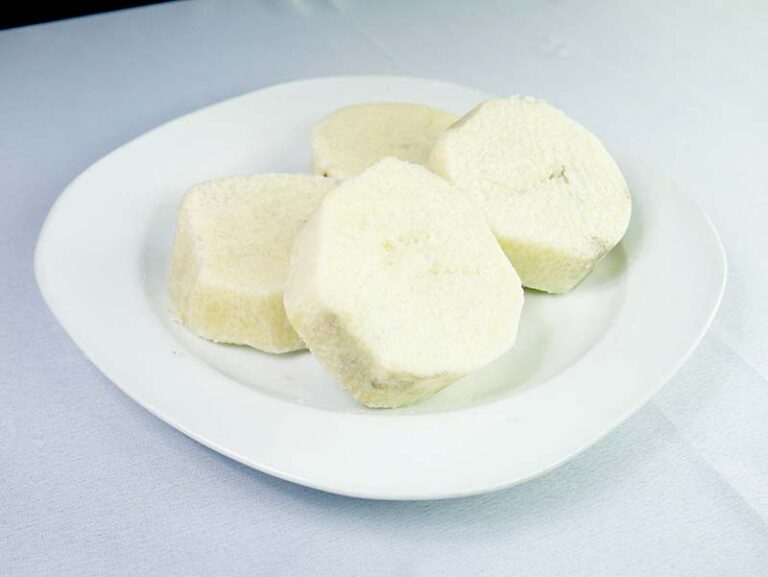Amala Recipe: Authentic Taste of Yoruba Cuisine
Embark on a culinary journey to Nigeria with our delightful Amala recipe. Amala is a traditional Yoruba dish loved for its smooth, velvety texture and nutty flavor. Made from yam flour, this iconic Nigerian staple has been cherished for generations, serving as a comforting accompaniment to various stews and soups. In this blog post, we’ll guide you through the step-by-step process to create a perfect bowl of Amala, allowing you to savor the authentic taste of Yoruba cuisine in the comfort of your home.
The Timeless Appeal of Amala
Before we dive into the recipe, let’s explore the timeless appeal of Amala in Nigerian culture. This hearty and satisfying dish has deep cultural roots, with its preparation and consumption symbolizing togetherness and celebration. Whether enjoyed during festive occasions or as a daily meal, Amala holds a special place in the hearts and taste buds of many Nigerians.
Gathering the Ingredients
To create a delectable bowl of Amala, gather the following ingredients:
- 1 cup of yam flour (also known as Elubo or Amala flour)
- 2 ½ cups of water
Step-by-Step Amala Recipe
Now, let’s dive into the step-by-step process of making Amala:
- In a saucepan, bring the water to a boil over medium heat.
- Gradually add the yam flour to the boiling water, stirring continuously to prevent lumps from forming. Use a wooden spoon or a spatula for best results.
- Keep stirring the mixture until it thickens and reaches a smooth, stretchy consistency. This should take about 5-7 minutes of continuous stirring.
- Lower the heat to a simmer and cover the saucepan. Allow the Amala to steam for an additional 5 minutes to ensure it is fully cooked.
- Turn off the heat and let the Amala rest for a minute or two.
- Using your wooden spoon or spatula, gently fold the Amala to ensure even cooking and to achieve a uniform texture.
Serving Suggestions
Your Amala is now ready to be served! Here are some serving suggestions to elevate your dining experience:
- Pair Amala with a variety of Nigerian soups, such as Ewedu soup, Gbegiri soup, or Efo riro, for a complete and authentic Nigerian meal.
- For added flavor, serve Amala with an assortment of protein-rich side dishes, such as grilled fish, goat meat stew, or beef suya.
- Don’t forget to serve Amala with traditional Nigerian accompaniments, such as fried plantains or sliced vegetables, to complement the meal.
Also Read: Best Nigerian Gbegiri soup recipe
Conclusion:
Congratulations! You’ve mastered the art of making Amala—an iconic Nigerian dish that captures the essence of Yoruba cuisine. Celebrate the rich flavors and cultural significance of Amala with family and friends, and savor the warmth and comfort it brings to the dining table. With our easy-to-follow recipe, you can create Amala that rivals the best restaurants in Nigeria. Embrace the culinary heritage of Yoruba cuisine and cherish the joy of sharing this cherished dish with loved ones. Enjoy the unforgettable taste of Amala and create lasting memories with every delightful bite!
FAQs
What is Amala?
Amala is a traditional Nigerian dish made from yam flour (also known as Elubo or Amala flour). It is a popular staple in Yoruba cuisine and is known for its smooth and stretchy texture, along with its nutty flavor. Amala is often served as an accompaniment to various stews and soups.
How do I make Amala without lumps?
To prevent lumps while making Amala, it’s essential to gradually add the yam flour to boiling water while stirring continuously. Use a wooden spoon or a spatula to ensure even mixing and to break down any lumps that may form. Continue stirring until the mixture thickens and reaches a smooth, stretchy consistency.
Can I use instant yam flour to make Amala?
Yes, you can use instant yam flour to make Amala. Instant yam flour is a convenient option that simplifies the process of making Amala. Follow the instructions on the packaging for the right water-to-flour ratio and cooking time.
What soups can I serve with Amala?
Amala is typically served with a variety of Nigerian soups, including Ewedu soup (made from jute leaves), Gbegiri soup (made from black-eyed peas), Efo riro (a spinach and tomato-based stew), and other traditional Nigerian soups. Each soup brings a unique flavor profile that complements the nutty taste and smooth texture of Amala.
Is Amala gluten-free?
Yes, Amala is naturally gluten-free, as it is made from yam flour. It is a suitable option for individuals with gluten sensitivity or celiac disease. Just ensure that the yam flour used is not contaminated with gluten-containing grains during processing.
Can I store leftover Amala?
Yes, you can store leftover Amala in an airtight container in the refrigerator for 2-3 days. To reheat, add a small amount of water to the Amala and gently stir it over low heat until it reaches the desired consistency.
Can I freeze Amala?
While Amala can be frozen, it is best enjoyed fresh. Freezing and reheating may affect the texture and flavor. If you have leftover Amala, it is recommended to consume it within a few days for the best taste and quality.
Can I serve Amala as a standalone dish?
While Amala is traditionally served as an accompaniment to soups, it can be enjoyed on its own as a simple and comforting meal. Some people also add condiments or toppings, such as groundnut soup, to enhance the flavor.






